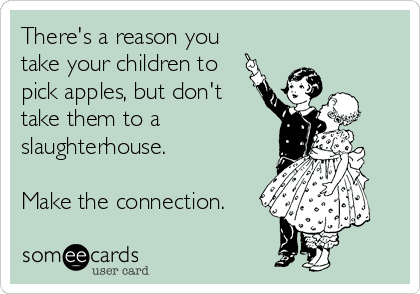
Pick a reason! But as?
Pick a reason! But as?
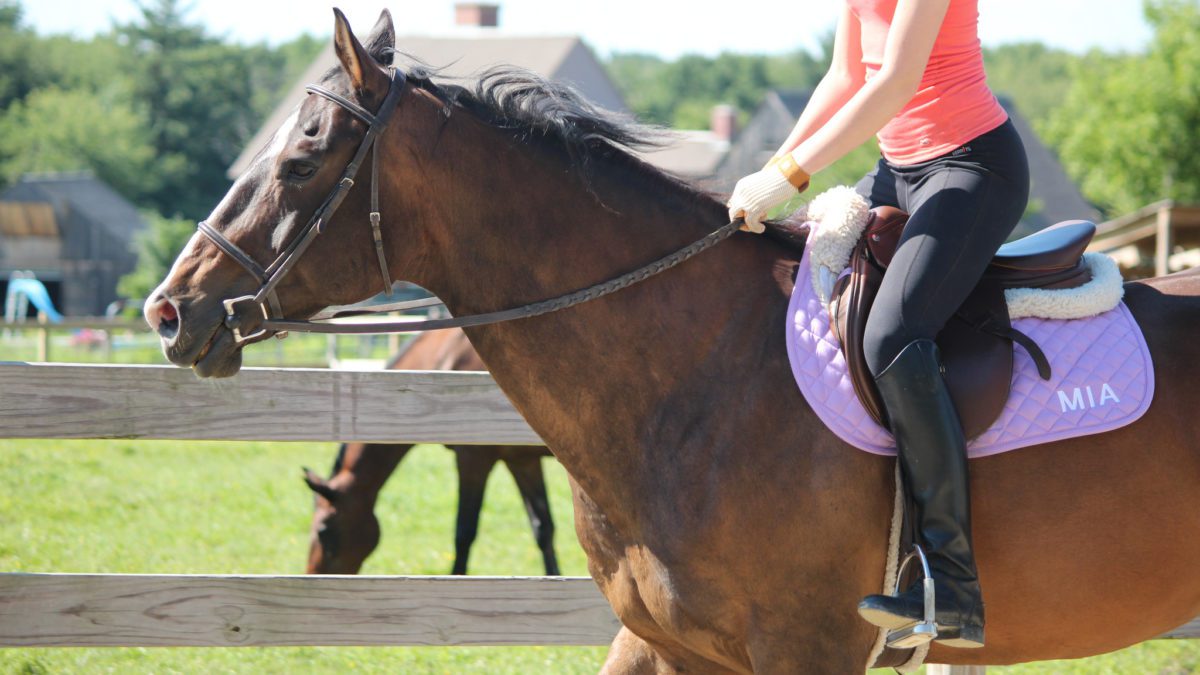
The selection of an occasion seems to be such an ordinary thing, about which, it would seem, everything has already been said. But practice shows that not all riders, including those who already have experience, choose the occasion incorrectly.
Yes, at the moment when you are struggling with the nuances of side work or changes in tempo, the last thing you want to hear about is the selection of reins. But it is this elementary trifle that can significantly impair the performance of your horse.
The selection of the rein is the most important skill that affects the harmony between horse and rider. Since the length of the reins is constantly being adjusted, especially before transitions from one gait to another, the rider must learn to do this automatically.
Unfortunately, the technique of picking the reins is not well studied and worked out by riders. Many riders disturb the rhythm and balance of their horse so much that the transition does not work at all. Others don’t dare to pick up the reins because their horse’s mouth is so sensitive that every attempt leads to negative tension, pulling on the reins or breaking the rhythm.
Picking up a rein is a complex movement that includes several stages: preparation, support, relaxation of one hand, transferring it to a new position and closing it again. Throughout the process, your constant contact with the horse’s mouth must remain soft, you must continue to feel the horse’s mouth. Ideally, the movement of your hands is rhythmically combined with the movement of the horse, thus maintaining rhythm and balance. And all this time your landing should remain as good as usual.
How to choose the right occasion
This action can be studied by breaking it into separate elements – “steps”. When you understand and feel confident about doing these small steps that make up the movement, you can complete the overall task automatically without even thinking.
First of all, you need to decide which of the reins you want to pick up. If you need to match both, always start with the outside. It is a habit with many riders to start with their stronger and more developed arm. The horse can annoying as he maintains his balance on positive contact with the outside rein.
Another incorrect but often used method is to shorten the reins with one hand by running the fingers down on the reins. Thus it is impossible to maintain contact with the horse’s mouth. If you use this method, you are creating unnecessary vibrations in the horse’s mouth. As a result, she may lose confidence in your contact.
You should not look at your hands when you pick up the reins. A downward gaze has serious negative consequences for the balance of both horse and rider. Unfortunately, this “stubborn” bad habit is very common.
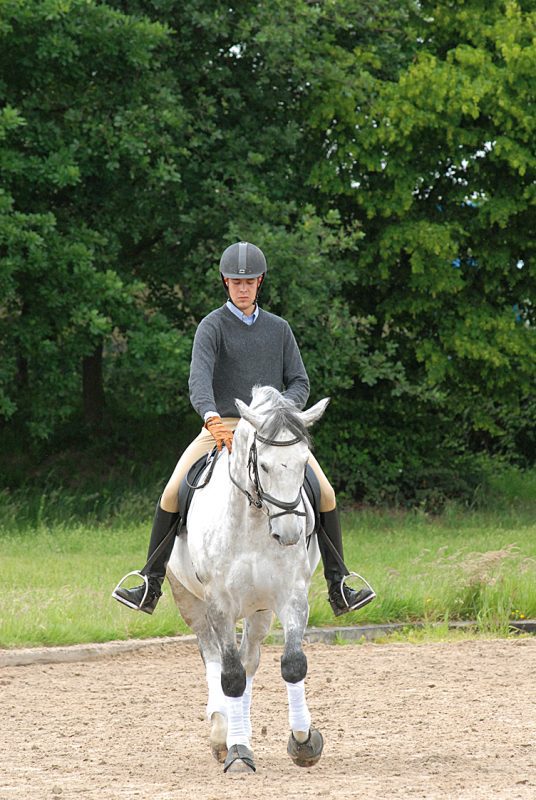
Let’s look up!
In the same way that you plan and prepare for a transition in advance, you must also take into account that the selection of a rein requires a certain amount of time and “distance travelled”. A beginner rider may need the entire long wall of the arena before he finally picks up the reins; an experienced rider should not spend more than one length of the horse’s body on this distance.
Work on getting the right cut on the reins. It is useful for learning and perfecting this technique to pick up the reins not on a horse or on a horse standing still, but this method is rather “theoretical”. In fact, you are only working on the skill when the horse is moving.
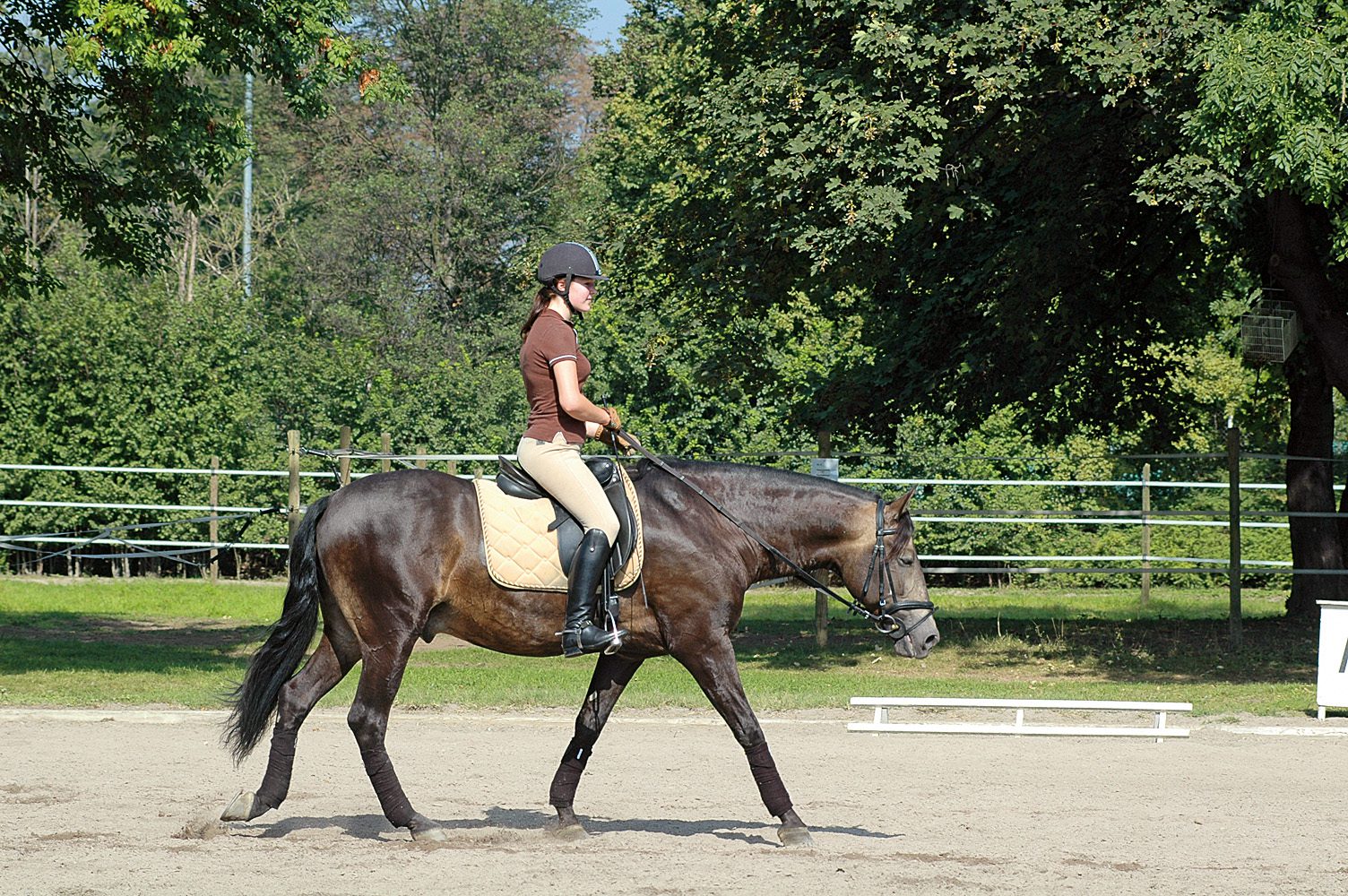
A change in the length of the rein must not affect or impair the quality of the gait.
We choose a reason. Five steps.
(driving to the left, we select both occasions)
1. We intercept the occasion, which we shorten. Your left hand picks up the right rein and helps maintain constant contact with the horse’s mouth on both reins.
2. Open the right hand. Your right – outer – hand opens slightly from bottom to top so that your thumb and forefinger control the reins. (These fingers have the most sensitivity and control over movement.) The rest of the fingers remain in their normal position even if they no longer have control of the reins.
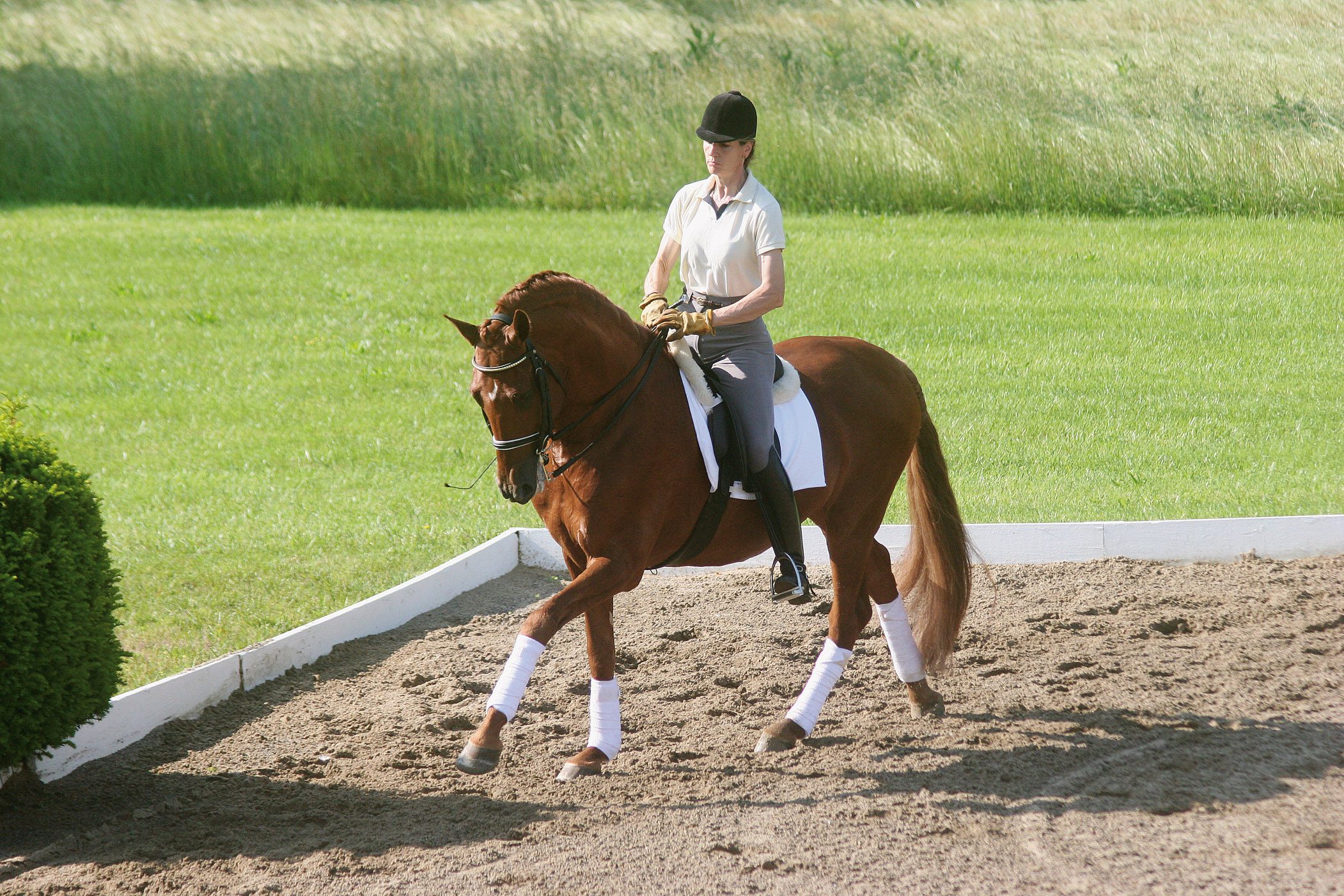
By shortening the reins, we preserve the feeling of the horse’s mouth!
3. Shortening / sliding. Your right hand slides along the rein, holding it slightly and moving it slightly outward. (Holding the reins keeps the horse’s mouth feel stable.) You can shorten the reins exactly to the position to which the left hand supports it.
4. Close the right hand / intercept the left rein. When you have reached the desired length of the right rein, close your right hand again and grab the left rein as described in step 1. Repeat the previous steps with your left hand.
5. Shortening the reins. When it is necessary to shorten the reins a little more, one of your hands picks up both reins and holds them in front of the second hand. With a free hand, completely release the rein and catch it again when the desired length is reached.
Susanne von Dietze (source), excerpt from Rider & Horse Back to Back; translation by Valeria Smirnova.





